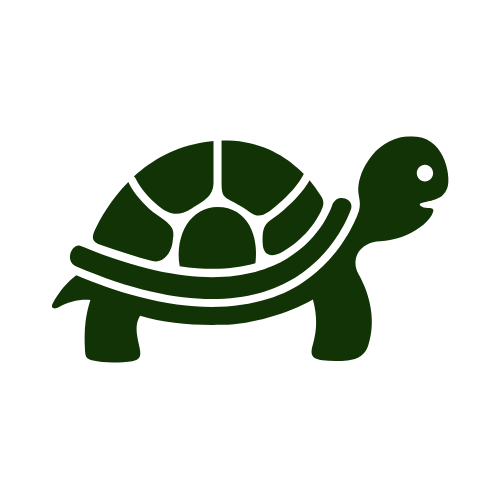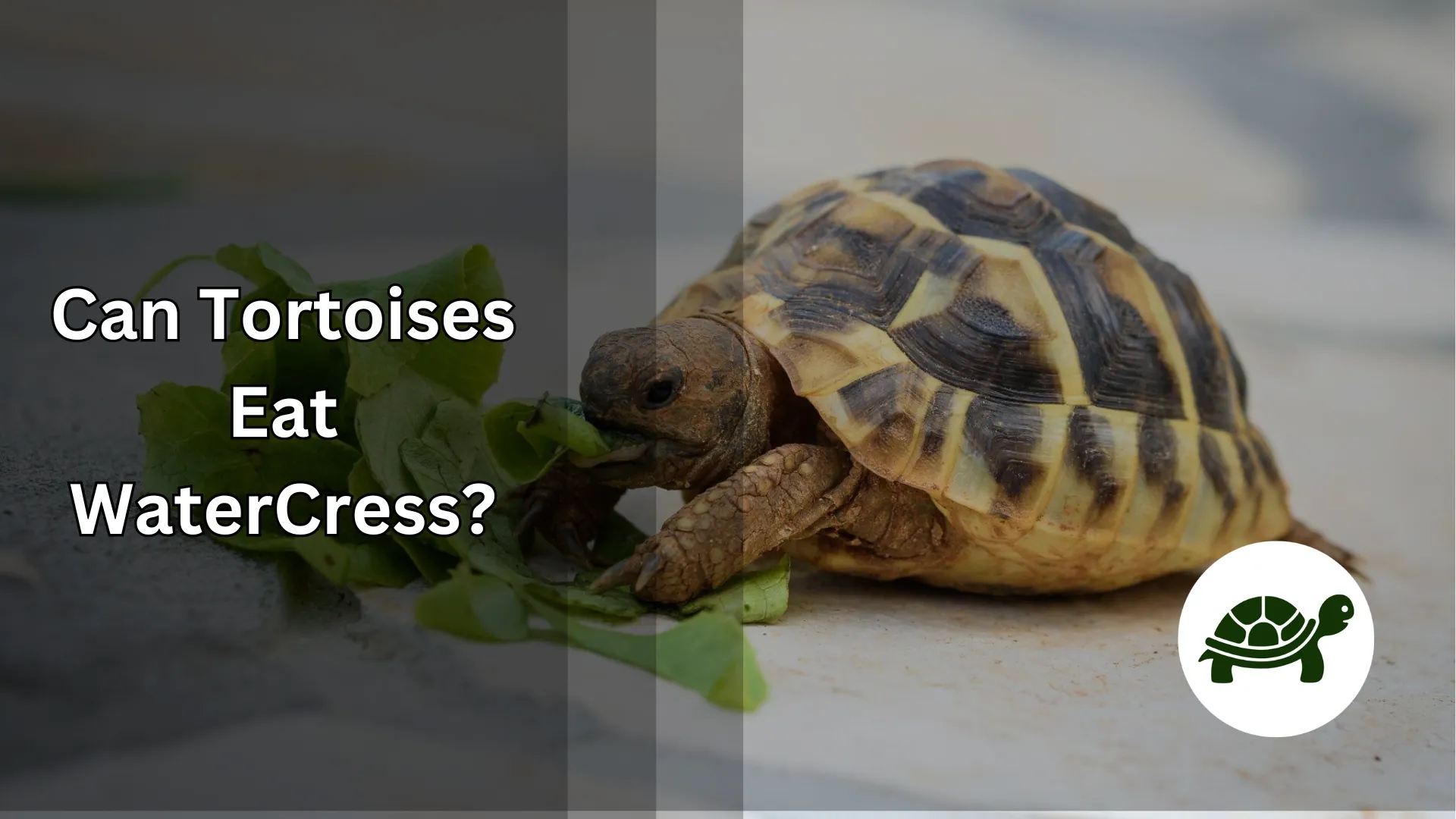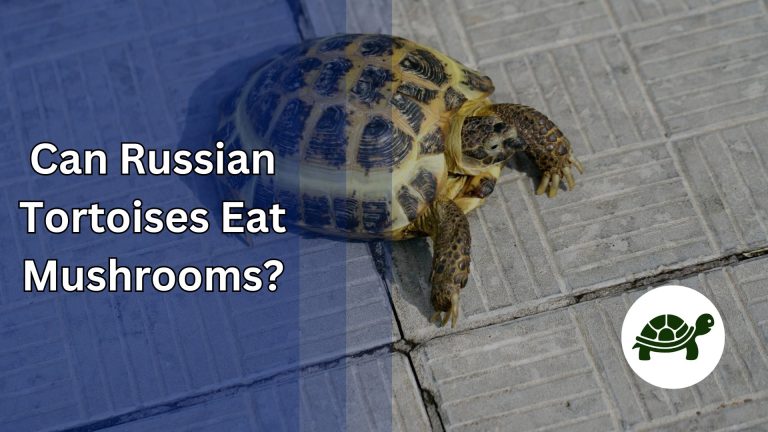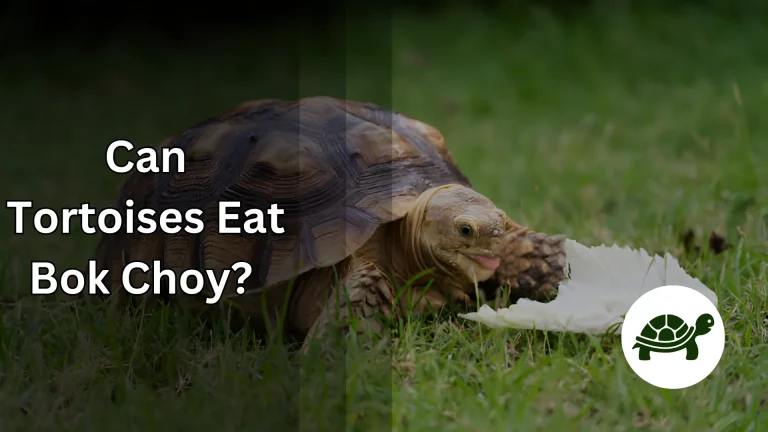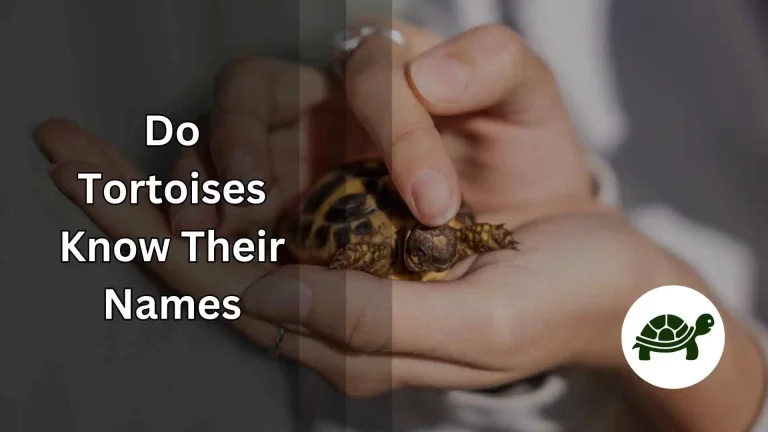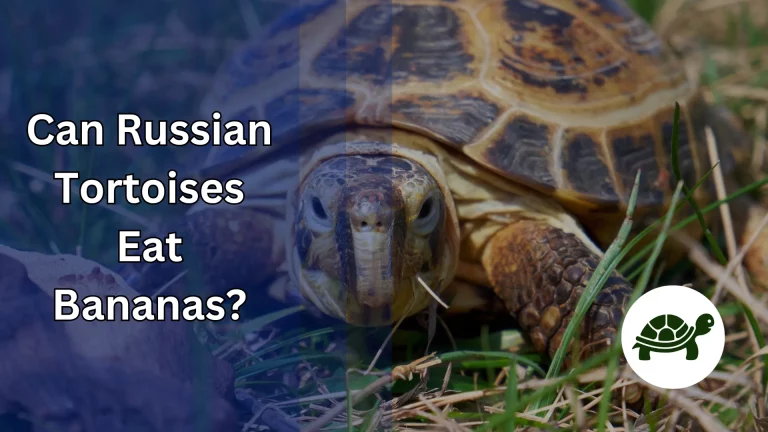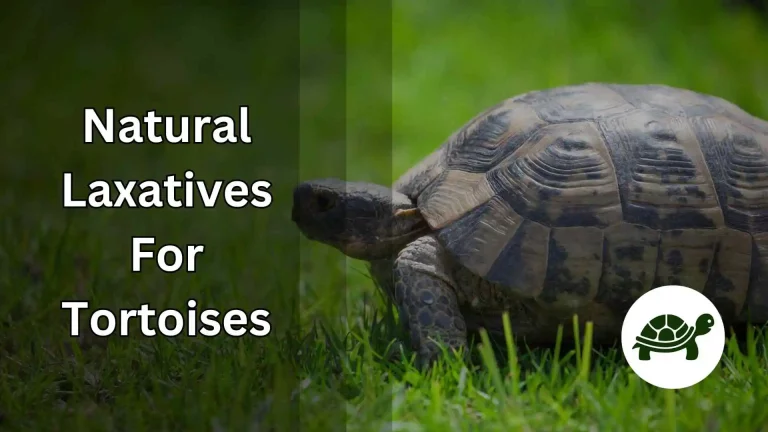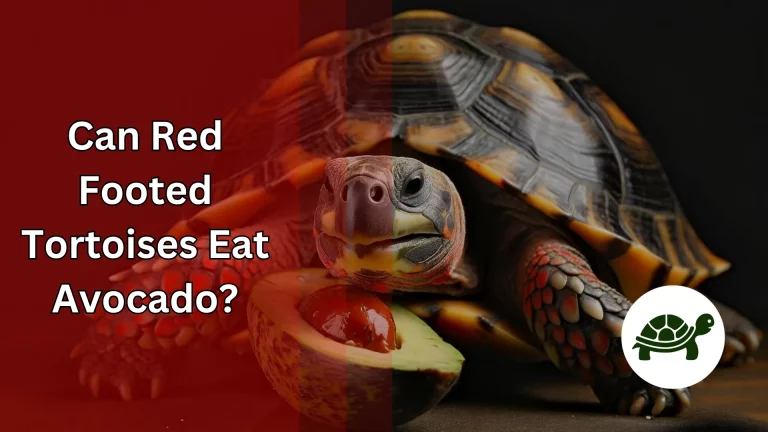Can Tortoises Eat Watercress? – All You Need To Know
Tortoises, with their unique charm and fascinating behaviors, have captivated the hearts of pet enthusiasts worldwide. As slow-paced yet endearing creatures, they require meticulous care, especially when it comes to their diet. A balanced and nutritious diet is key to ensuring the health and longevity of these shelled companions. Among the array of greens and vegetables suitable for tortoises, one question often arises among tortoise owners: “Can tortoises eat watercress?” This question is not just about variety; it’s about the wellness of our slow-moving friends.
Understanding what to feed a tortoise is crucial for their well-being. Watercress, known for its high nutritional value in human diets, presents a curious case for tortoise nutrition – The answer is Yes. This post delves into the compatibility of watercress with a tortoise’s dietary needs, aiming to provide pet owners with clear, informed guidance. By exploring this, we ensure our tortoises are not only fed but are thriving.
What is Watercress?
Watercress is a leafy green that’s more than just a salad ingredient. This small, fast-growing plant has a peppery flavor that makes it a favorite in kitchens. But it’s not just tasty. Watercress is packed with nutrients. It’s a powerhouse of vitamins A, C, and K, and it’s rich in minerals like calcium and iron. These nutrients are great for humans, but what about for tortoises?

This green wonder grows in water, hence its name. It’s part of the family that includes broccoli and kale. Watercress stands out for its health benefits. It’s low in calories but high in hydration. This makes it a potential candidate for a healthy tortoise diet. But, is it safe and beneficial for these pets? We’ll explore that next.
Basic Dietary Needs of Tortoises
Tortoises are fascinating creatures, especially when it comes to their diet. Unlike many pets, tortoises are mainly herbivores. This means they love munching on plants. Their diet mainly consists of leafy greens, some fruits, and occasionally, flowers. It’s a diet that keeps them healthy and happy. But it’s not just about tossing in any leafy green. The right balance is key.
Why is balance important? Because tortoises need a mix of vitamins and minerals to stay in top shape. They need calcium for strong shells and bones. Vitamins A, C, and E are crucial too. These come from a variety of greens and fruits. Fiber is another must-have. It helps their digestion. So, a tortoise’s plate should be a mix of nutrition and taste. It keeps them active and prevents health issues.
Benefits of Watercress for Tortoises
Watercress isn’t just a trendy salad green; it could be a tortoise’s new favorite. This leafy plant is packed with good stuff. It has vitamins A, C, and K, which are great for a tortoise’s eyes, skin, and shell. Plus, it’s full of calcium. This is super important for keeping their shell strong and healthy. But that’s not all. Watercress also has lots of water. This helps keep tortoises hydrated, especially important for those living in drier environments.
Here’s a fun fact: watercress is low in calories but high in fiber. This means it’s great for a tortoise’s digestive system. It can help keep things moving and prevent digestive problems. Also, this green veggie has antioxidants. These protect tortoises from getting sick and help them stay healthy. So, adding watercress to their diet can be a big plus. But, like all good things, it should be in moderation.
Potential Risks and Considerations
While watercress is a nutrient-rich green, it’s important to remember one key word: balance. Like with any food, there can be too much of a good thing. For tortoises, too much watercress can lead to health issues. Why? Because it’s high in oxalates. These are natural compounds that, in large amounts, can bind to calcium and make it hard for tortoises to absorb this crucial mineral. This could weaken their shells and bones over time.
Also, variety is vital in a tortoise’s diet. Relying only on watercress can mean missing out on other important nutrients. Think of watercress as part of a bigger, colorful diet, not the whole picture. It’s also wise to source watercress carefully. Make sure it’s free from pesticides and other chemicals. These can be harmful to your tortoise. Washing it well before serving is a good practice.
Feeding Guide: How to Introduce Watercress to a Tortoise’s Diet
Introducing watercress to your tortoise’s diet? Start slow. New foods can be a big change for their little stomachs. First, mix a small amount of watercress with the greens they already enjoy. This can help them get used to the new taste and texture. Watch how they react. Do they like it? Do they eat it without any problems? This is a good sign.

Gradually increase the amount of watercress over time. But remember, it should just be part of their diet, not all of it. A variety of greens is best. This ensures they get all the nutrients they need. Also, chop the watercress into small, bite-sized pieces. This makes it easier for your tortoise to eat. And always remember, fresh is best. Fresh, clean watercress is the healthiest choice for your shelled friend.
Frequently Asked Questions (FAQs)
Q1. Can tortoises eat watercress every day?
While watercress is healthy, it’s best to feed it in moderation. A varied diet is key for a tortoise’s health. Incorporating watercress a few times a week is a good approach.
Q2. Is watercress better for certain types of tortoises?
Most tortoises benefit from a diverse diet including leafy greens. However, the specific dietary needs can vary. It’s a good idea to consult with a vet about your specific tortoise species.
Q3. Can baby tortoises eat watercress?
Yes, but in very small amounts. Baby tortoises have delicate digestive systems. Start with tiny pieces of watercress and monitor their reaction.
Q4. How do I know if my tortoise doesn’t like watercress?
If your tortoise avoids or spits out watercress, it might not be to their liking. Observe their eating habits. Tortoises have preferences, just like us.
Q5. Are there any alternatives to watercress for a tortoise’s diet?
Absolutely! Other great options include dandelion greens, kale, and parsley. Always aim for a variety of greens to ensure a balanced diet.
Conclusion
In summary, watercress can be a nutritious addition to your tortoise’s diet, but it’s all about balance and moderation. This peppery green brings essential vitamins and minerals to the table, contributing to your pet’s overall health. Remember, though, that variety is the spice of life, especially in a tortoise’s diet. Incorporating different types of greens alongside watercress ensures your tortoise receives a well-rounded mix of nutrients. By carefully introducing and monitoring the inclusion of watercress in their meals, you can provide your shelled companion with a diet that’s both enjoyable and beneficial.
As we conclude, it’s important to reiterate the value of research and consultation with a veterinarian. Every tortoise is unique, and their dietary needs can vary. Embracing this diversity in their diets not only keeps them healthy but also enriches their lives in captivity. Keep exploring, learning, and adapting to provide the best care for your tortoise. After all, a happy tortoise means a happy pet owner!
